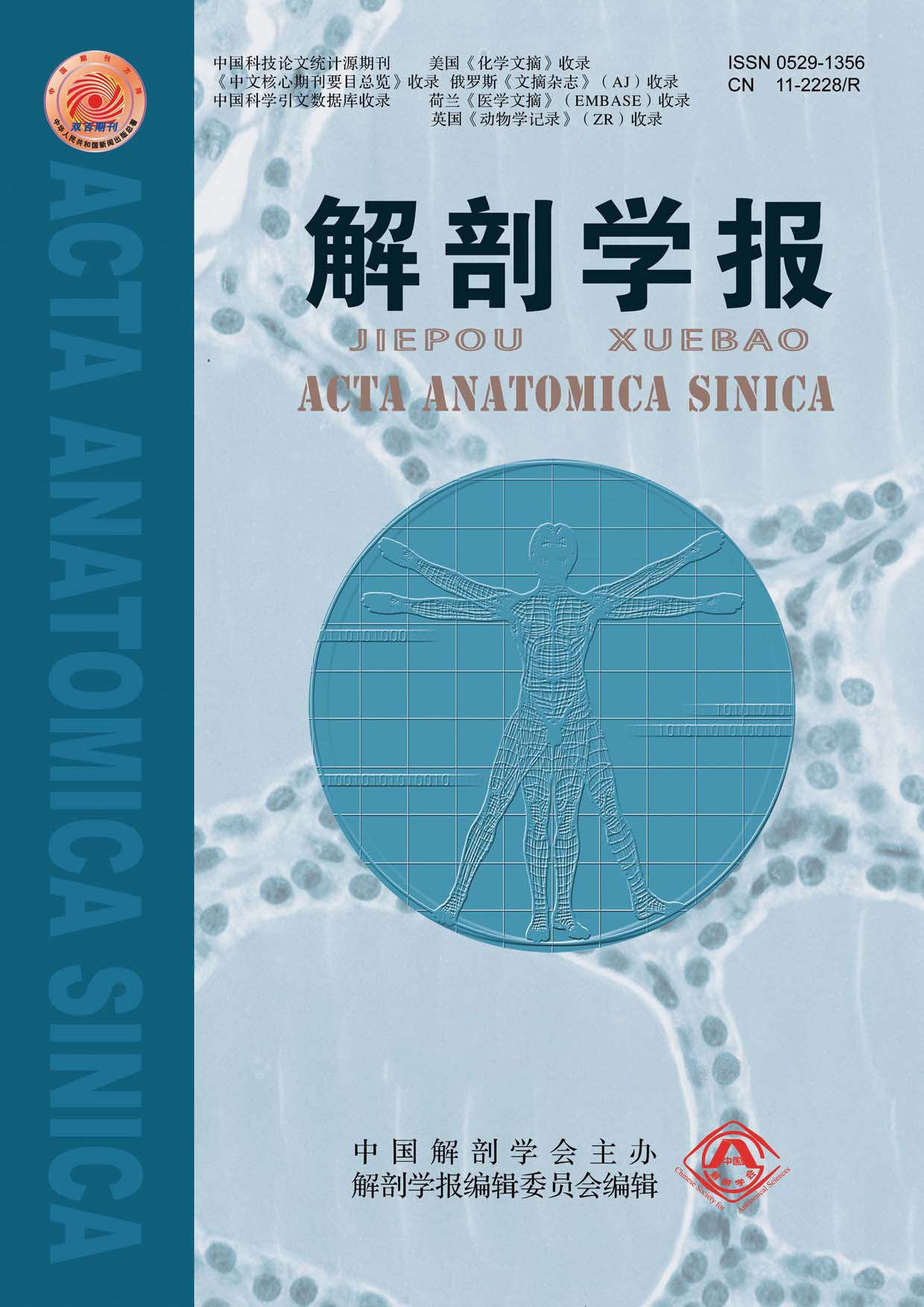Objective To explore the effect of Hedgehog (Hh) signaling pathway inhibitor cyclopamine on articular cartilage cell proliferation and part of the mechanism in adjuvant arthritis (AA) rats modelin vitro. Methods Freund’s complete adjuvant induced AA rats, measurement of arthritis index and secondary foot swelling degree, rat’s cartilage tissue growth were observed by HE staining;AA rat ankle joint cartilage, pancreatic enzyme-collagen enzymatic isolation, culture, identification, AA rat ankle joint cartilage cell proliferation was determined by MTT method. Cyclopamine (0, 0.05, 0.5, 5, 20 μmol/L) in vitro, cell apoptosis was determined by Annexin V-FITC/PI double dye in AA rats ankle joint cartilage, proteins expressionin in AA rats ankle joint chondrocytes of Shh, Ptch1, Gli1 were determined by Western blotting. Results After freund's complete adjuvant induced, compared with normal rats, the AA rats arthritis index and secondary foot swelling degree increased significantly, HE staining showed AA rats ankle cartilage destruction; Toluidine blue and type Ⅱ collagen in vitrocultivation of AA rats ankle joint cartilage cells; Cyclopamine (0.05, 0.5, 5, 20 μmol/L) in vitro could elevated AA model of articular cartilage cell proliferation. Flow cytometry test results showed that cyclopamine reduced apoptosis rate of AA model of chondrocytes; Compared with the model group, cyclopamine (0.5, 5, 20 μmol/L) declined AA chondrocytes related proteins express (Shh, Ptch1 and Gli1) of Hh signaling pathway significantly. Conclusion AA model rat was established by induced Freund’s complete adjuvant. Cyclopamine may inhibit the proliferation of chondrocytes in AA rats in vitro, inhibit the apoptosis of cartilage cells, which was associated with inhibition of AA rat chondrocytes Hh signal.


